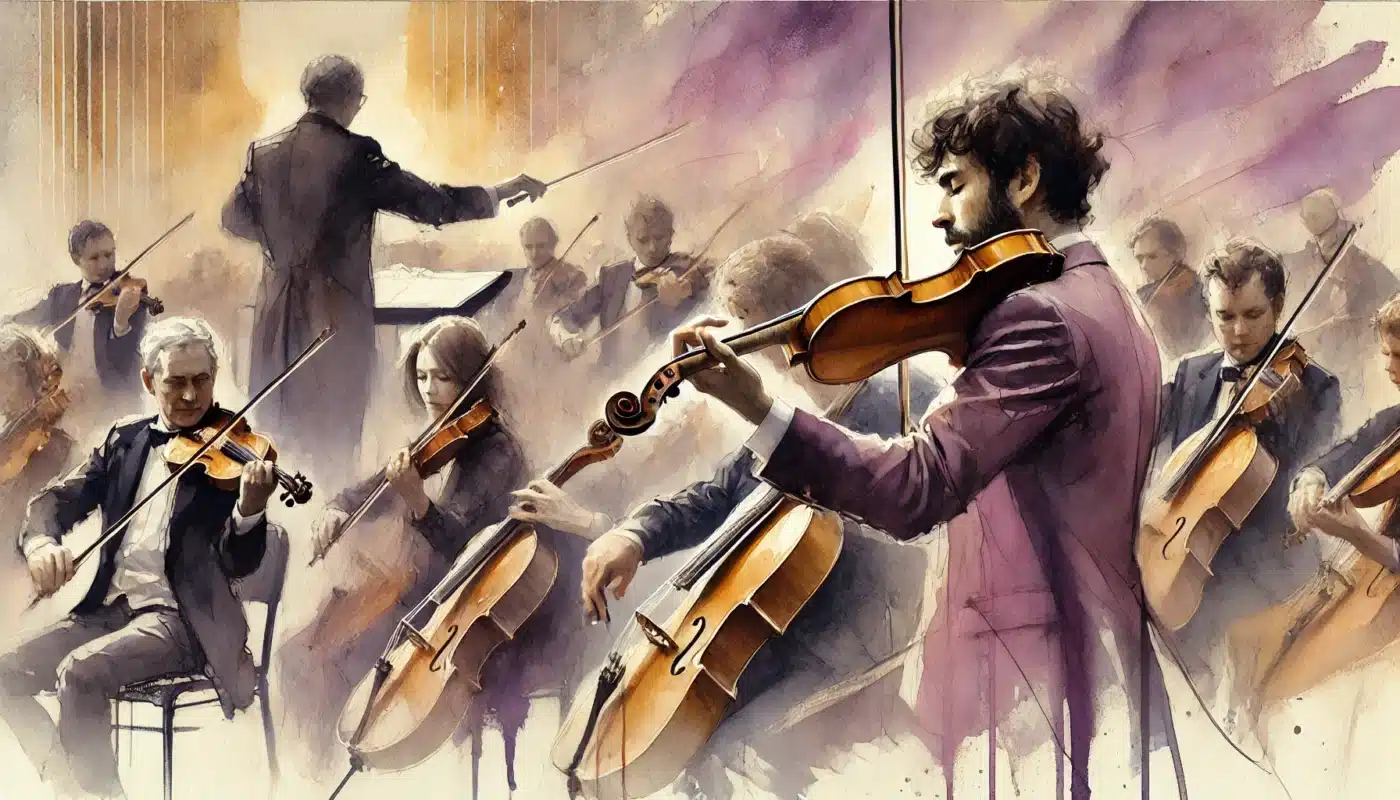Introduction
The violin and viola are essential players in the world of music ensembles, each bringing their unique voice and character to the mix. Whether in a large orchestra, a small chamber group, or even more modern musical settings, these two instruments serve distinct roles that complement each other beautifully.
If you’re wondering how the violin and viola differ not just in ensembles but as instruments overall, be sure to check out our in-depth comparison: Viola vs Violin: Which Instrument Is Right for You?
The Violin’s Role in Orchestras
Leading the Melody
In the orchestra, the violin often takes centre stage as the melody carrier. Its bright, sharp sound allows it to soar above the other instruments, making it perfect for playing the main musical themes.
- First Violin Section: In large orchestras, the first violins are typically responsible for playing the higher melodies and more intricate parts. They often lead the orchestra alongside the conductor, with the concertmaster (the leader of the first violins) serving as the key figure for coordination.
- Second Violin Section: While the second violins may not carry the primary melody, they are crucial for harmony and texture. Their role often complements the first violins by filling in harmonic lines, supporting the melody, and adding depth to the overall sound.
Flexibility Across Styles
The violin’s flexibility makes it one of the most versatile instruments in the orchestra. It can seamlessly shift between soaring melodic lines, energetic fast passages, and delicate, lyrical moments. Its role isn’t confined to classical orchestras; violins can also be found in modern ensembles, from film scores to jazz bands and folk music.
The Viola’s Role in Orchestras
Providing Rich Harmonies
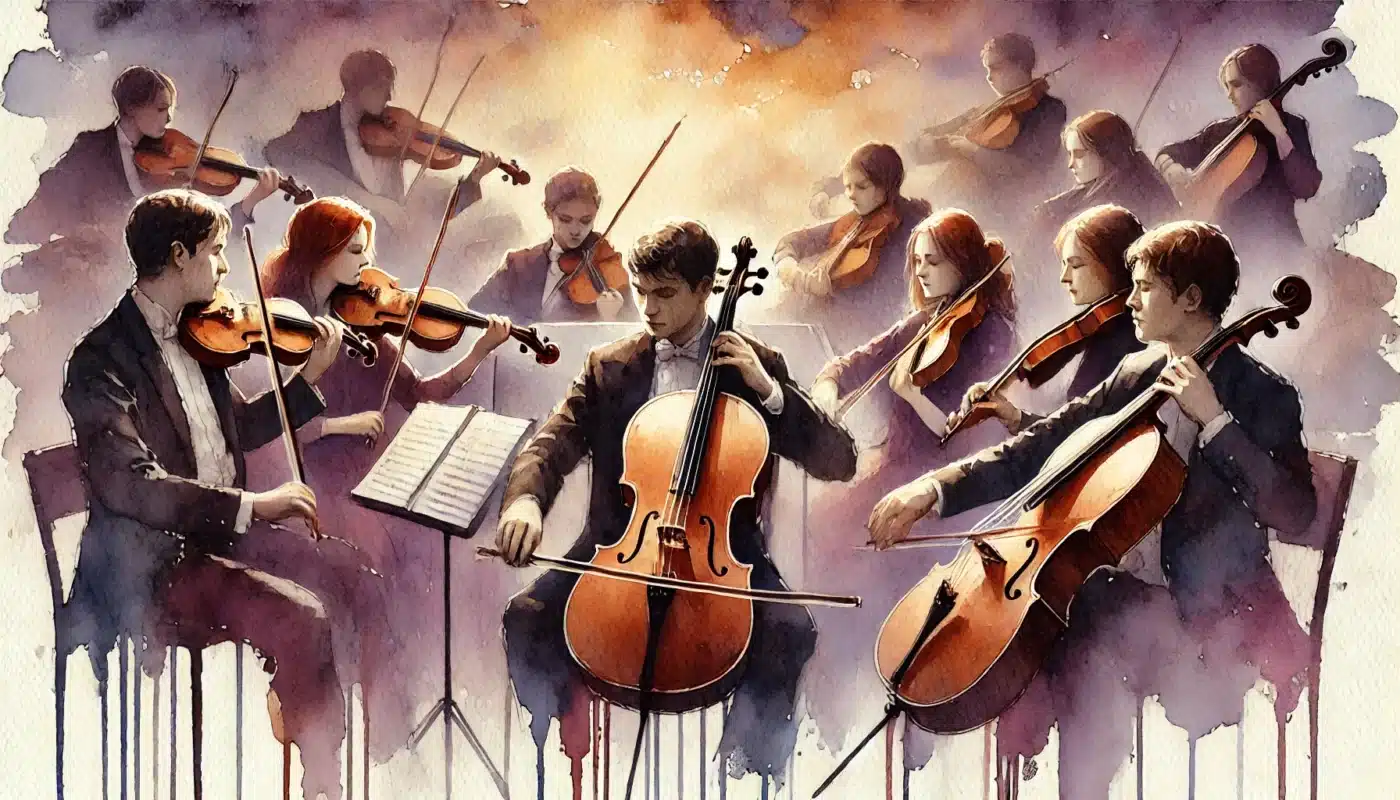
While the violins often take on the higher, more prominent melodies, the viola provides the necessary middle ground in an orchestra. Its warm, rich tone allows it to fill in the harmonies between the violins and the lower strings like the cello and double bass.
- Middle Voices: The viola acts as a middle voice, creating depth and richness in the overall sound of the orchestra. It bridges the gap between the bright violins and the deep basses, adding harmonic complexity.
- Supporting the Melody: Though often serving a more supportive role, the viola occasionally takes the spotlight in orchestral pieces, playing its own melodic lines or joining the violins in unison, but with a darker, fuller sound.
Unique Contributions
The viola adds a layer of emotional warmth to orchestral pieces, often evoking a more introspective or melancholic feel. While violins may dominate the melodic spotlight, the viola ensures the music has a solid harmonic foundation that enhances the emotional weight of the piece.
The Violin and Viola in Chamber Music
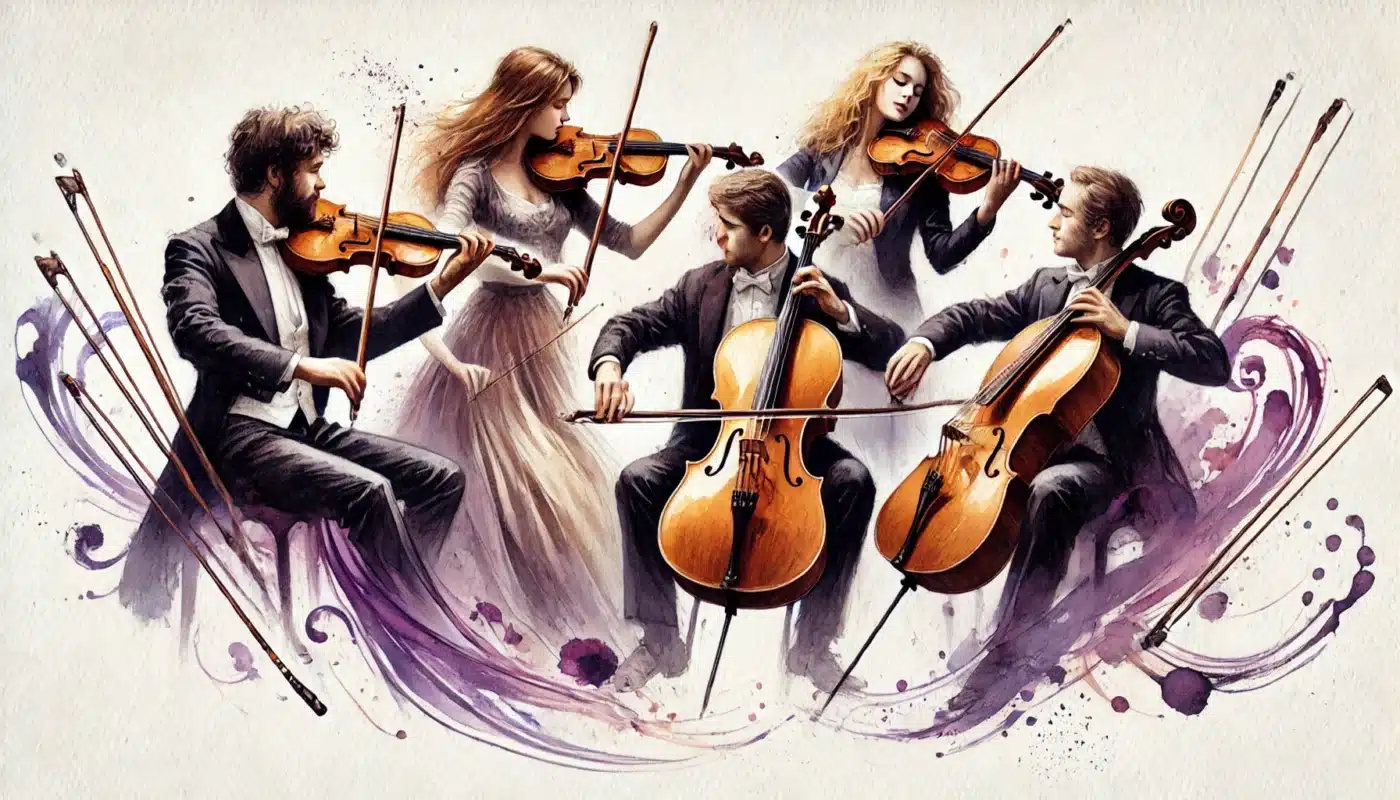
String Quartets
In string quartets, the violin and viola play distinct but complementary roles.
- First Violin: Leads with the primary melody, driving the musical direction of the quartet.
- Second Violin: Often supports the first violin by playing harmony or counterpoint, adding texture and depth to the composition.
- Viola: Provides a mellow, harmonic foundation that blends seamlessly with the cello, but with more prominence than in larger ensembles. The viola also offers counter-melodies or harmonies that enrich the musical dialogue within the group.
The interplay between the violin and viola in quartets showcases their differences while highlighting how essential they are to achieving a balanced and cohesive sound.
Other Chamber Ensembles
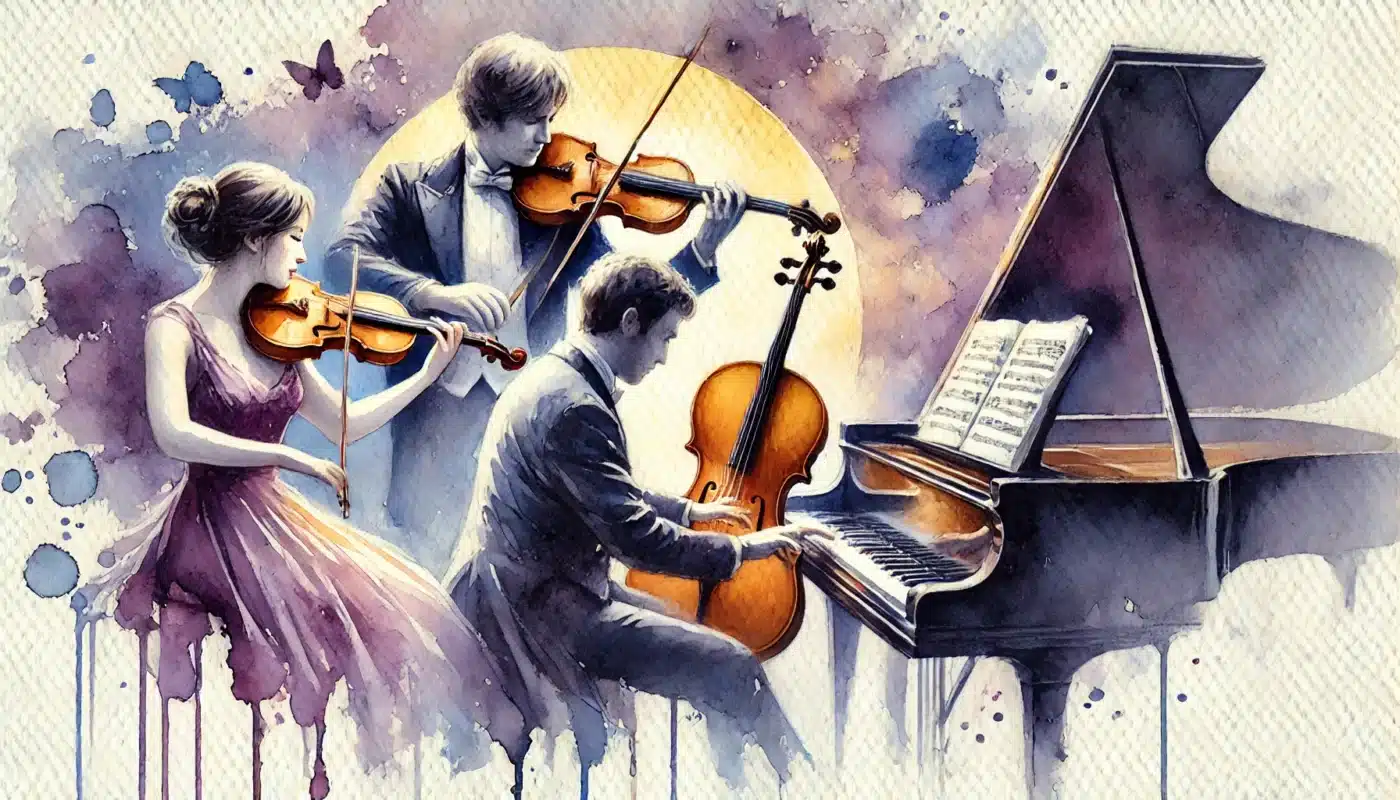
In piano trios, string quintets, and other chamber settings, the violin and viola work together to balance melody and harmony. The violin usually takes the lead, while the viola adds harmonic richness and depth to the music. Both instruments can be equally featured, creating a dynamic interplay between bright and warm tones.
The Violin and Viola in Modern Ensembles
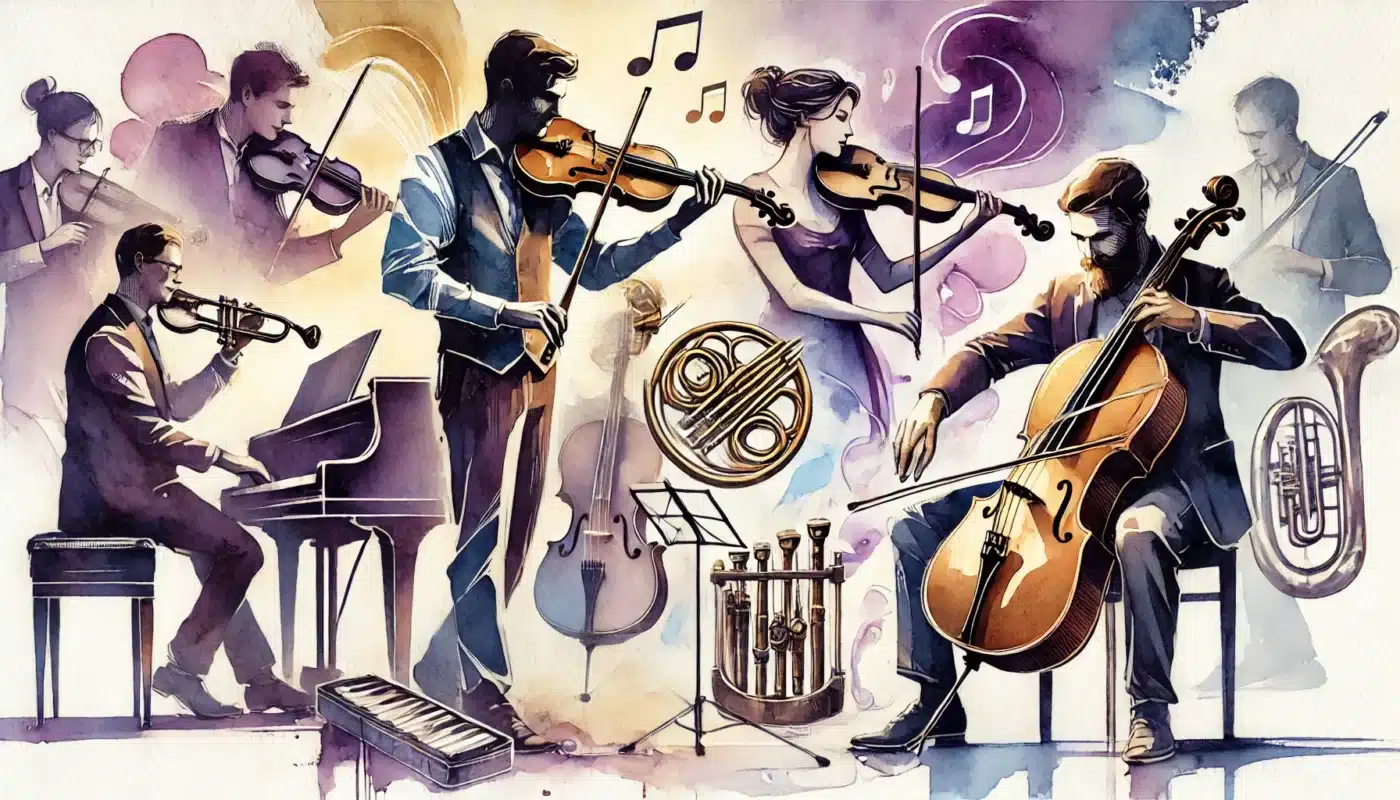
Jazz, Folk, and Contemporary Ensembles
The versatility of the violin and viola extends beyond classical settings. In modern music, violins often take on energetic solos in jazz or act as a primary melody carrier in folk music. The viola, with its rich, expressive tone, is increasingly finding its place in contemporary ensembles, bringing a unique warmth to non-classical genres.
Film and Television Scores
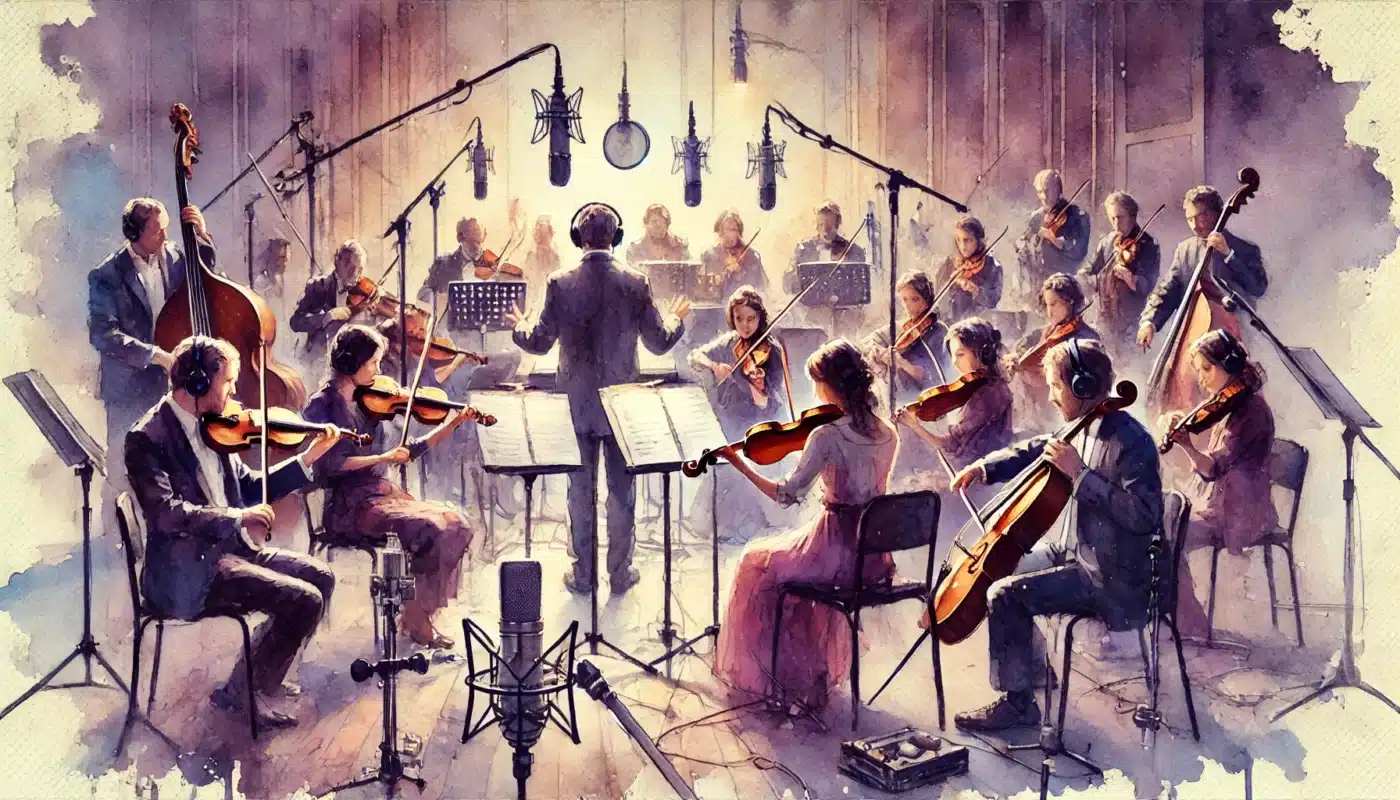
Violins and violas are staples in film scores, with the violin frequently used for soaring, emotional melodies. Meanwhile, the viola adds depth to the orchestration, supporting darker, more dramatic moments. Composers like John Williams and Hans Zimmer often use both instruments to create layered, emotionally charged soundscapes that resonate with audiences.
Conclusion
Whether in orchestras, chamber groups, or modern ensembles, the violin and viola each play vital roles in creating a rich, layered musical experience.
The violin often takes the lead with its bright, agile sound, while the viola provides depth and warmth with its fuller, more resonant tone.
Together, they form a perfect partnership, complementing each other beautifully in various musical settings.

